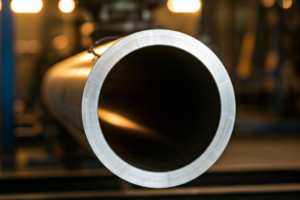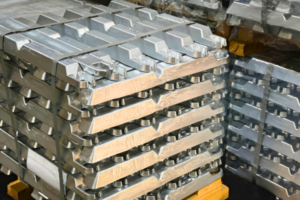Key Highlights
- This article looks at 6061 and 2024 aluminum alloys. It shares their strengths, weaknesses, and where they are used.
- It studies the features and chemical components of these alloys, which helps explain how they perform in various industries.
- The article says that 2024 aluminum is stronger and better at resisting wear. This makes it a good choice for tough jobs like aircraft structures.
- In comparison, 6061 aluminum is good for welding, machining, and fighting corrosion. This makes it suitable for projects needing detailed work and that can handle tough conditions.
- This comparison helps engineers, designers, and others find the right material for their needs.
Introduction
Aluminum alloys are used extensively today. They are light, strong, and can resist corrosion, and many industries like to use them for these reasons. Two well-known types of aluminum alloys are 6061 and 2024. They have many similar uses. This guide will examine these two popular aluminum alloys, focusing on their features, benefits, and downsides.
Understanding Aluminum Alloys 6061 and 2024
Aluminum alloy 6061 is popular because it is flexible and works in many ways. It belongs to the 6000 series. Its strong points are from adding magnesium and silicon. This combination gives 6061 aluminum good corrosion resistance and solid weldability. It also has decent strength. It is well known for its excellent machinability. Many industries use it for parts that need precision and reliable performance, especially in tough conditions. Another popular alloy in the 6000 series is 2024 aluminum, which also contains small amounts of titanium for added strength and performance.
While 2024 aluminum offers excellent corrosion resistance and weldability, 6061 aluminum is a more versatile choice with its heat treatability and good machinability. Understanding the differences between these two alloys, including their corrosion resistance, is crucial in choosing the right material for projects.
The 2024 aluminum alloy is part of the 2000 series. It is well known for its great strength, which comes mainly from its high copper content. This strength, along with its good amounts of manganese and magnesium, gives 2024 aluminum great workability and machinability. Because of these features, 2024 aluminum is often used in the aerospace industry. In this industry, lightweight materials that are also strong and easy to work with are very important.
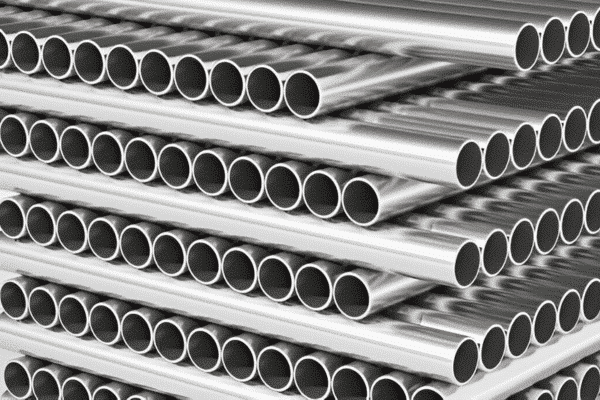
Key Properties of Aluminum Alloy 6061
Aluminum alloy 6061 is well-liked because it is flexible and strong. Its strength comes from two main alloying elements: magnesium and silicon. This mix gives 6061 aluminum several advantages. It has good corrosion resistance, good machinability, and is easy to weld.
The 6061 aluminum resists rust and forms a protective layer on its surface, making it great for outdoor use and tough situations. It also conducts heat well, which is good for tasks that need heat to escape.
6061 aluminum is popular for many reasons. It has a good mix of qualities, can bend without breaking, and is used in various products, including structural components, bicycle frames, marine fittings, and automotive parts.
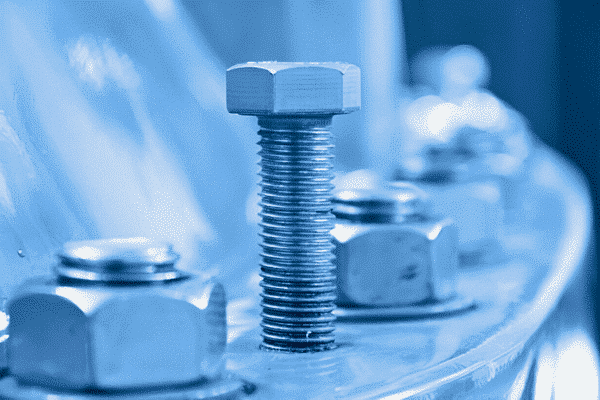
Key Properties of Aluminum Alloy 2024
Aluminum alloy 2024 is very strong and has excellent fatigue resistance, which is why many people choose it for tasks that need sturdy materials. The main element that boosts its strength is copper, which also has a detrimental impact on its extrudability. During the extrusion process, the presence of copper causes the development of copper-rich precipitates, which reduces plasticity and increases fracture susceptibility. Still, 2024 is a top choice for many because of its strong nature and good fatigue resistance.
The strong qualities of 2024 aluminum are very important for the aerospace industry, especially aviation. This metal is commonly used in aircraft structures, wing skins, and fuselage parts. Its strength helps it resist fatigue, so it can last a long time even when under stress. This versatility is crucial for airplane parts.
2024 aluminum is not as good for welding as 6061, but it is excellent for machining. It has lower corrosion resistance, so we need to be careful when using it. Often, it is best to use protective coatings or cladding in harsh environments.

Detailed Comparison of Mechanical Characteristics
When we examine the mechanical features of 6061 and 2024 aluminum alloys, we notice some key differences. These differences impact how well each alloy works in different situations, making it suitable for various applications. Each alloy has its pros and cons. It’s crucial to understand what it excels at and where it might have issues with usage, including the effects of heat treatment. We must consider factors like tensile strength, yield strength, machinability, and weldability.
This comparison shows how aluminum alloys’ strength and other qualities can help choose the right alloy for different projects. This will help ensure the final product is strong and works well.
Tensile Strength and Yield Strength
Studying the tensile strength and yield strength of the 6061 and 2024 aluminum alloys can help us understand their best uses. Tensile strength shows how much stress a material can handle before it breaks. Yield strength is the point at which a material starts to change shape permanently.
2024 aluminum is very strong. This strength makes it a good choice for parts that take a lot of stress. A few examples are airplane wings and fuselage sections. Its high tensile and yield strengths are important in stabilizing the structure when loaded.
6061 aluminum is a great option for tasks that do not require high strength. Many people choose it because it is lighter and easier to weld. Although not as strong as 2024 aluminum, it still provides enough strength for many building jobs and daily activities.
| Property | 6061-T6 (MPa) | 2024-T3 (MPa) |
| Tensile Strength | 310 | 483 |
| Yield Strength | 276 | 345 |
Machinability and Weldability
When choosing an aluminum alloy, it’s important to consider machinability and weldability. These factors help to make good products and keep their quality high. The 6061 aluminum alloy is a popular option because it offers good machinability and excellent weldability. It is not as strong, which makes it easier to cut, shape, and form. It can also be welded without losing strength, making it a great choice for complex projects that require lower strength and flexibility.
The 2024 aluminum is easy to work with and has good machinability. But welding it can be difficult. Copper has been added to make it stronger, but it can still crack when welded. To help prevent this, Specialized welding methods and careful heat control are usually required.
In short, if the project needs detailed designs, a perfect fit, or a lot of welding, 6061 aluminum is often the best and lowest-cost option. However, if strength is very important and welding is required, 2024 aluminum has special methods for welding problems. This makes it a good and low-cost choice for some low-cost projects.
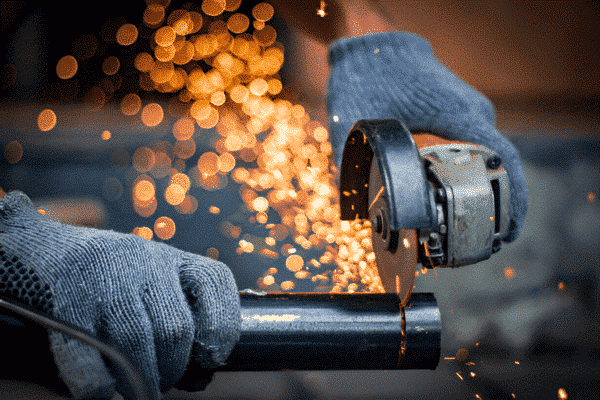
Industrial Applications and Suitability
The different traits of 6061 and 2024 aluminum alloys make them suitable for several industrial tasks. Engineers and manufacturers should know these differences. This knowledge helps them pick the best aluminum alloy for their projects.
This section will discuss how both alloys are used in aerospace, automotive, and construction industries. We will examine each alloy’s performance based on its strength and mechanical properties. This information is key when picking materials for projects. Choosing the right materials can improve product quality, increase lifespan, and reduce costs.
Aerospace Applications of 2024 and 6061
In the aerospace industry, saving weight and using strong materials is important. The aluminum alloys 2024 and 6061 play a big role in achieving this goal.
2024 aluminum is tough and light. This is good for uses that face a lot of stress and need to be used regularly, like:
- Aircraft structures: Parts such as wing spars, ribs, and fuselage panels are strong because they use 2024 aluminum. This keeps them safe when flying.
- Aircraft skins: The aircraft’s outer layer facing air pressure is made of 2024 aluminum. This material is lightweight and can handle various stress levels.
Although 6061 aluminum may not be as strong as 2024 aluminum, it is easy to weld and well-resists corrosion. For these reasons, it is a good choice for projects where assembly and weather are important.
- Aircraft fittings: Brackets, seat frames, and inside pieces often need careful welding. They also need to be protected from corrosion. Using 6061 aluminum helps keep them safe.
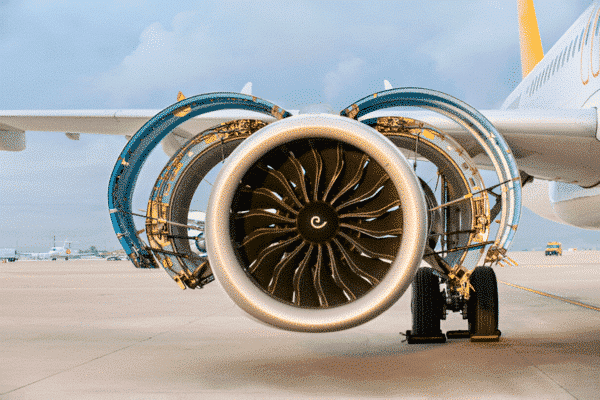
Automotive and Construction Uses
6061 and 2024 aluminum alloys are similar but have different uses in cars and buildings. In vehicles, it is important to reduce weight for better fuel efficiency. Both alloys help make cars lighter.
6061 aluminum is used in automotive parts like wheels, frames, and body panels. It is popular because it is lightweight and absorbs impacts well.
2024 aluminum is very strong. It is used mostly in high-performance vehicles, such as racing cars and motorcycles. This material can handle a lot of stress and has strong fatigue resistance.
In the construction industry, both alloys are well-liked because they are strong and resist corrosion. Alloy 6061 is often used for regular structural parts. On the other hand, alloy 2024 is preferred for tougher projects since it is stronger.
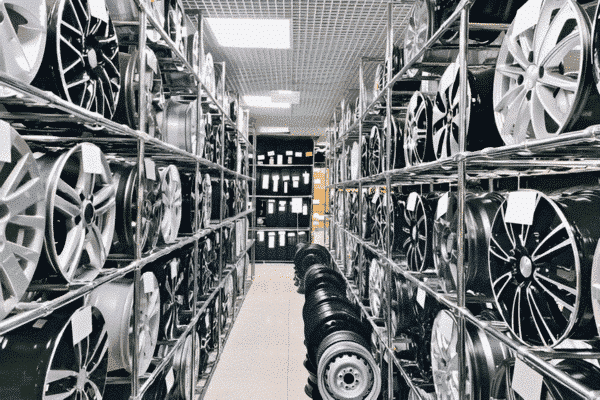
Conclusion
In short, looking at the differences between 6061 and 2024 aluminum alloys helps us see their main features and strengths. It shows how these alloys are used in different fields. Knowing these differences is important when choosing the right aluminum alloy for our needs. This could be for aerospace, automotive, or construction work. Each alloy has its benefits based on how easy it is to machine and weld and its strength. To make a smart choice for a specific application,it is important to consider how we will use it and the key performance standards.
Why Choose Us
When selecting the right aluminum alloy for your projects, we understand how important it is to make the right choice. At Linsy Aluminum (Premium Alu), we’re not just another aluminum supplier—we’re your partner in ensuring your projects succeed. Whether you need 6061 for its versatility or 2024 for its strength, we’ve got you covered with a range of high-quality options.
We pride ourselves on delivering top-notch aluminum that meets the demands of the aerospace, automotive, and construction industries. Our advanced facilities and experienced team are dedicated to providing you with materials that you can trust every time. Plus, we’re always here to help you navigate your options so you have the perfect alloy for your specific needs.
Choosing Linsy Aluminum means choosing reliability, quality, and a commitment to your success.
Frequently Asked Questions
1. Which aluminum alloy is better for welding, 6061 or 2024?
The 6061 aluminum alloy is special when it comes to weldability. Its low copper content makes it excellent, making it easier to weld compared to the 2024 alloy. On the other hand, the 2024 alloy needs special welding methods and is more prone to cracking.
2. What are the main differences in the chemical composition of 6061 and 2024?
The main difference between 6061 and 2024 aluminum alloys is in the materials used to make them. The 6061 alloy mainly contains magnesium and silicon, which provides good corrosion resistance. On the other hand, the 2024 alloy uses copper as its primary alloying element, which makes it stronger than 6061.
3. How do the thermal properties of 6061 compare to 2024?
6061 aluminum alloy is better than 2024 aluminum alloy regarding thermal conductivity. This means that 6061 can lose heat more easily. Because of this quality, 6061 is often the best choice for tasks where controlling heat is very important.






